Thirty One of the Past Fifty Years
1965 – 1996
( Being paid to have fun )
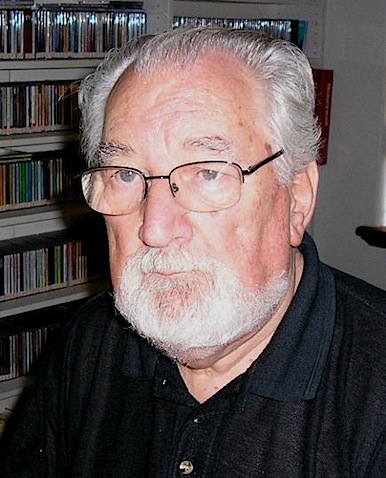
By
Tom Creamer
I joined TVW7 in December 1965. I’d recently migrated from England and was looking for work. I phoned the station on the off chance they might have a vacancy and was lucky enough to be answered by a girl on the switchboard who was also English. There weren’t any vacancies but she, somehow, talked the Chief Engineer John Quicke into giving me an interview the following day. My luck still held and he offered me a job. I spent the next week at Ascot racecourse with the OB crew, running cables for the cameras, getting covered in dust and rapidly losing my “pommy” pallor under the W.A. sun. I was also introduced to Swan lager in the breaks between races, which we were recording for the stewards who were checking each race for possible interference by any competing jockey.
After my stint at the races I was put into the Telecine room, which was on the upper floor of the building on the left of the short corridor leading to the studio control rooms
( AMU’s and VMU’s 1 & 2 ), where I was taught the intricacies of the equipment by Dianne Chappell.
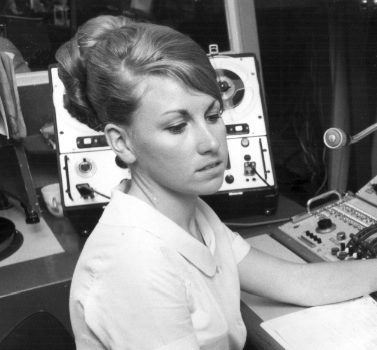
Over the next few years I moved from Telecine to Videotapes, where I learned all about the RCA 1B videotape machines ( which were beasts to line up and used 2 inch wide tape ) from Peter Hobson and John Cleary. There were two of these machines and they took up the whole of one wall of the room. A far cry from today’s compact home video recorder.
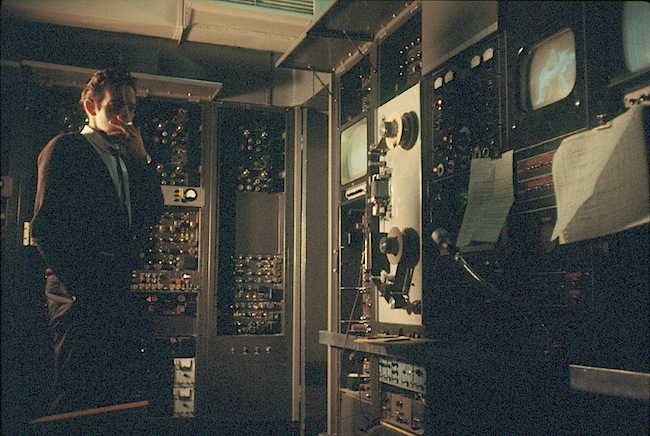
Kevin Reeves in the old videotape area
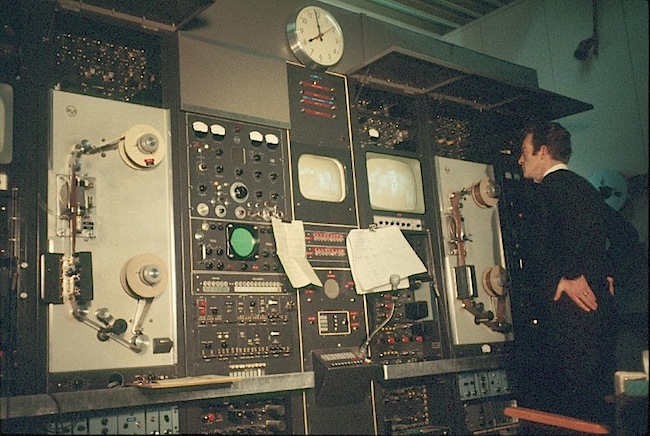
Operating the RCA TRT-IB value videotape machines
My next move was to the Audio Department. My first job there was as “grams operator” for the news. In those days the filmed news stories were silent so, to add to the voice over being read by the newsreader, music was played underneath to provide “atmosphere”! This involved my choosing the appropriate records from the record library and marking the selected passages on the record with a chinagraph pencil. I eventually progressed to becoming a fully fledged audio operator which meant being able to operate the boom microphone as well as the audio desks.
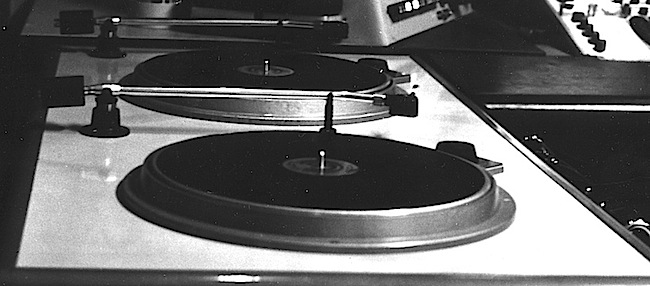
78 rpm gramophone records often contained the atmospheric music
By now the Videotape and Telecine departments had been combined in a new extension to the studio complex, along with a third studio which was to be used for the news. I was moved back into this new area as a semi-supervisor, helping to train new staff along with Norm Bruce. The old RCA video tape machines had now been replaced by the latest, state of the art, brand new machines ( albeit still using 2 inch tape ).
It was after I had spent some time in this area that a vacancy arose for an operations supervisor. Norm Bruce was offered the job and I was offered the position of Technical Director, which meant I was now involved in all manner of studio productions. The job involved the technical line up of the studio cameras, ensuring that all technical equipment required was available and working, physically “riding” the vision levels of the cameras used in a production, as well as keeping an ear on the audio side of things and an eye on the lighting side of things ( not that I had any worries on either of those areas as the guys were all excellent at their respective jobs ). I also had to keep an eye on the vision levels of any vision coming in from an outside source eg: film, videotape, OB vision etc.
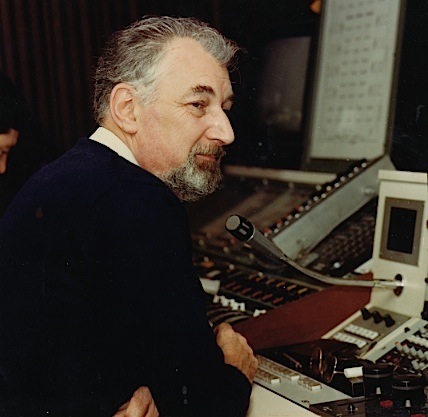
When colour television became a fact everyone involved in production had to suddenly learn a whole new set of “rules” regarding what looked right on camera and what didn’t. Make up, clothing, set painting, lighting etc. all had to make changes and adjustments in order that the end resulting vision looked correct. It was a sharp learning curve for everyone, not the least for me with regard to the new colour cameras. The technical line up for these cameras was vastly different to the old image orthicon black and white ones. These colour cameras had three plumbicon colour image tubes ( red, blue and green ) and the images from these had to overlay each other perfectly. This was achieved by the use of a registration chart and the adjustment of electronic controls for each tube.
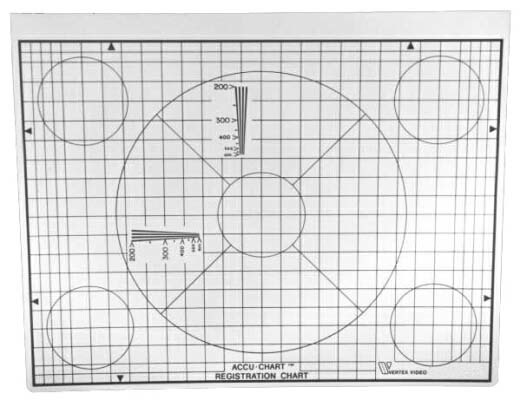
Once that was done the cameras then had to be colour balanced to ensure they reproduced all the colours correctly in whatever scene it was shooting. This was done with another chart called a grey scale and the adjustment of yet another set of electronic controls for each tube. This could be quite a time consuming job.
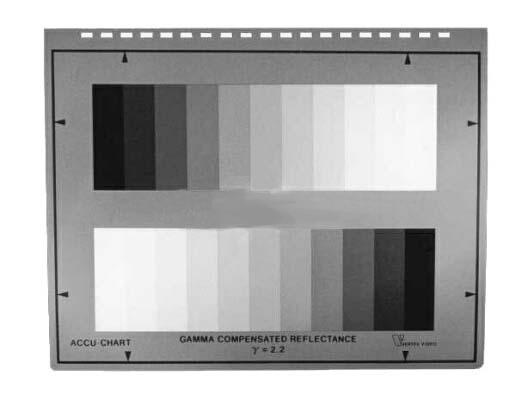
As technology improved over the following years these three tube cameras were eventually made redundant by the development of CCD cameras which did away with the use of the registration chart altogether and only required a white card as a chart for colour balance which was usually achieved by pressing a “white balance” button on the camera.
Over the years I worked on a whole variety of shows from “Johnny Young’s Club Seventeen” to, just before leaving TVW, the children’s drama series “The Adventures of the Bush Patrol”! In between those I worked on Children’s Channel Seven, In Perth Tonight, The Chard Show, Family Feud, It’s Academic, innumerable footy shows, panel shows, commercials, OB’s, specials and, of course, every Telethon from the first in 1968 up to the one in 1996 when I left. You name it I probably worked on it.
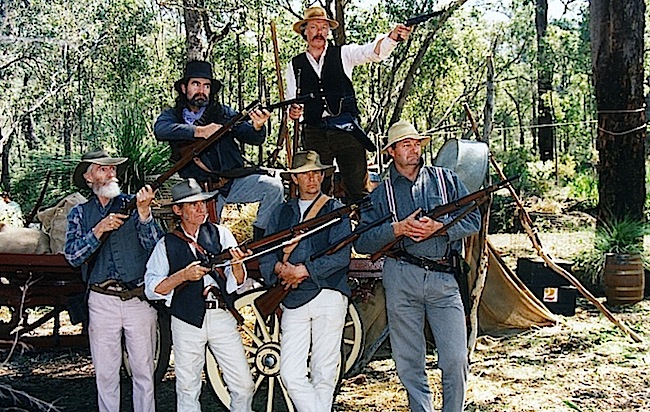
One of the highlights was working on Miss Universe 1979 at the Entertainment Centre, where I had the dubious honour of stopping Donny Osmond rehearsing his big production number. I called up the American Lighting Director on the talkback to say in some shots Donny Osmond’s face had a green tinge. He stopped the rehearsal and took me onstage to see if we could find out why. It turned out that one of the spotlights being used had a cracked lens which caused the problem.
I have hundreds of memories of things that happened over the years, mostly funny but some sad. I’ll recount some of the funny ones:-
When I was working in Telecine one of the pieces of equipment was a thing called a Caption Scanner. It was a large box inside which was a fixed camera, lights, rotating holders for graphics and a motorized roller device for scrolling rolls of paper ( somewhat like the inside of a 35mm still camera ), plus the station clock. It was used to put credits on programmes, via the caption cards or the motorized roller, as well as putting the station clock to air during station ID breaks. It’s unofficial use during some evenings was as a pie warmer to heat up the operator’s supper. On one occasion we had scored a bowl of cocktail frankfurts in tomato sauce, from a sales function held in the grounds during the evening. I put them in the caption scanner to keep them warm. Later in the evening the station clock was scheduled to go to air. Unfortunately I had forgotten to switch from the frankfurts, sitting on the bed of the roller, to the clock. The result was that the frankfurts went to air instead. Oops!
Also in Telecine one evening, I was putting a movie to air that was on five reels of film. In those days you had to rely on visible cues on the film ( usually tiny circles in one of the top corners of the frame ) to alert you to the end of the reel or the end of a scene where a commercial break was to be inserted. On this occasion I knew the end of the reel was close. I spotted the visual cues and, as the last one appeared, switched to the next reel. A couple of minutes later a voice on the talkback from Master Control asked quietly “Do you realize you’ve chopped fifteen minutes out of this movie?” I rushed over to the projector and, sure enough, there was still about fifteen minutes of film left on the previous reel. Luckily for me it was a late night movie and no-one phoned in to complain.
On another occasion we were making a commercial for a car dealership to celebrate their big sale. Part of the commercial involved swinging a bottle of champagne to break on the car’s front bumper. They tried and they tried but the darned bottle just wouldn’t break. After about a dozen or so tries they gave up and abandoned the whole idea. It was just as well because the front of the car was totally ruined.
One last memory. We were making a special programme with an entertainer called Peter Maxell, pianist, comedian, all round entertainer. As a promotion for the special it was arranged that he would be sitting at the grand piano on the beach playing “Ebb Tide.” As he played the tide would come in and he would eventually float out to sea still playing until the piano sank. Everyone was very happy with result and it was put to air. Suddenly, the studio was bombarded with complaints saying we should be should be “ashamed of yourselves for destroying such a beautiful piano” and “how dare you ruin such a wonderful instrument” and so on. That was high praise indeed for the studio carpenters because it was a fake instrument that they had built in the “chippy’s” shop and it was so good it fooled the viewers.
I could go on and on but I’ll stop here and say those thirty one years were very happy years working with one of the best bunch of people I’ve ever had the privilege and pleasure to meet. It was like one big happy family. I said it then and I still say it today.
I was being paid to have fun.
Tom Creamer
TVW7 1965 – 1996.







